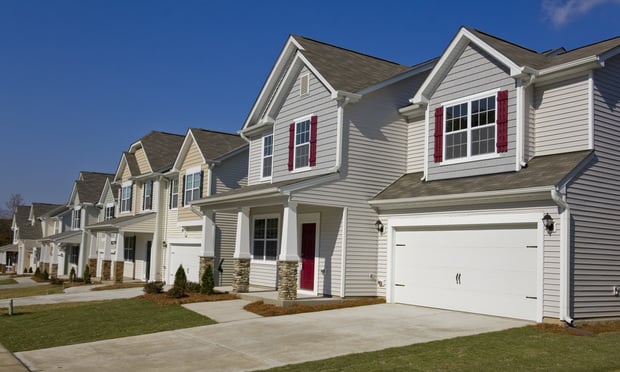"The ongoing building activity in the five boroughs of New York City is the result of an industry in which every sector is booming," notes Building Congress chairman Dominick Servedio, who serves as chairman and CEO of STV Inc., in a statement. "Office construction is white hot. New York's continued strength in the housing market continues to defy the national trend. All levels of government are undertaking major, multi-year investments in infrastructure improvements, and bedrock institutions, including universities and cultural institutions, are continuing to expand."
The non-residential sector, which includes office construction, has experienced the biggest percentage increases in recent years, a trend that will continue through 2009, the report predicts. After modest growth in 2004 and 2005, annual construction in this sector is surging--with spending more than doubling between 2005 and 2007 from $4.1 billion to $8.3 billion. Even at these numbers, this sector has not yet peaked. Citywide non-residential construction is forecast to reach $9.5 billion in 2008 and $11.2 billion in 2009.
An analysis of the data finds that New York City is defying the nationwide slump in housing construction. Residential spending in New York City, which reached $4.9 billion in 2006, is projected to climb to $5.6 billion in 2007 before leveling off at approximately $5.5 billion in 2008 and $5.2 billion in 2009.
"Historically, the relationship between residential and non-residential construction has been that one sector surges ahead while the other takes a back seat," says Building Congress president Richard Anderson. "Today, New York City is experiencing a prolonged period in which the economy is firing on all cylinders and feeding construction activity in all sectors. New and modern office space is being readied for businesses of all sizes while, at the same time, housing stock is increasing to accommodate more workers."
Based on a review of the latest multi-year capital plans and recent spending, government construction is projected to reach $12.3 billion in 2007, an increase from $11.9 billion in 2006. The Building Congress projects capital spending, including investments in mass transit, public schools, roads, bridges and other essential infrastructure, to reach $12.6 billion in 2008 and 2009.
According to the report, all of the current indicators are so positive that it is hard to envision a significant deterioration in construction activity during the forecast period. Most of the major public construction projects are adequately funded through 2009, and the majority of major office construction projects, such as Goldman Sachs and the World Trade Center site, are not dependent upon swings in the economy.
Anderson notes, however, "there is no mistaking the warning signs on the economic horizon and the potential negative impact of a worsening national economy and tighter credit markets. While New York City has worked hard to diversify its economy, the financial and real estate sectors still play an outsized role. A prolonged slump on Wall Street would decrease tax revenues and likely create downward pressure on the region's capital programs."
In its forecast report, the Building Congress notes that it will be important to keep an eye on the effects of such intense demand for construction labor and materials. While the appetite for construction has not yet shown signs of abating as a result of construction costs, which are rising at about 1% per month, the question remains at what point developers and government might find building in New York City to be cost-prohibitive and start scaling back.
The New York Building Congress prepared the construction outlook with the assistance of Regina Armstrong of economic consulting firm, Urbanomics. It incorporates reviews of private construction data as well as public capital budgets and plans at the city, state and federal levels.
Want to continue reading?
Become a Free ALM Digital Reader.
Once you are an ALM Digital Member, you’ll receive:
- Breaking commercial real estate news and analysis, on-site and via our newsletters and custom alerts
- Educational webcasts, white papers, and ebooks from industry thought leaders
- Critical coverage of the property casualty insurance and financial advisory markets on our other ALM sites, PropertyCasualty360 and ThinkAdvisor
Already have an account? Sign In Now
*May exclude premium content© 2025 ALM Global, LLC, All Rights Reserved. Request academic re-use from www.copyright.com. All other uses, submit a request to [email protected]. For more information visit Asset & Logo Licensing.








